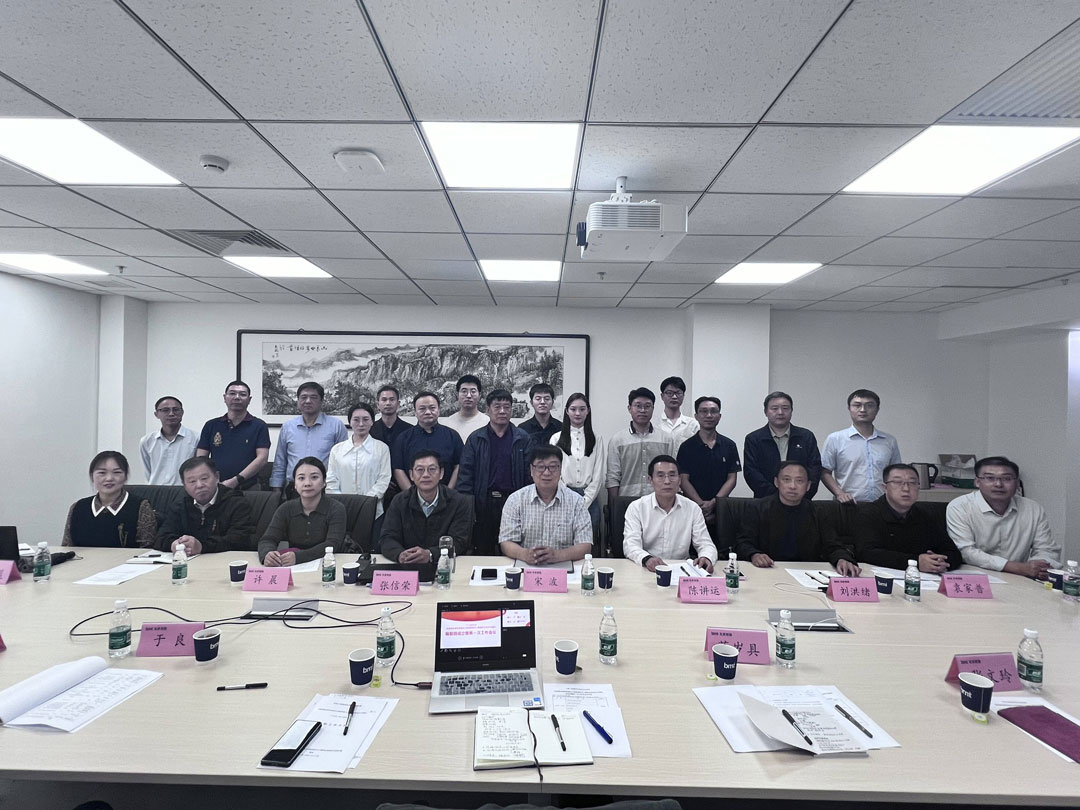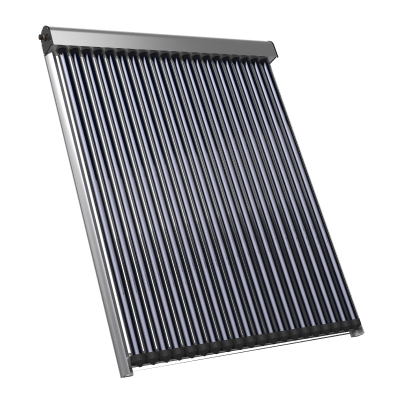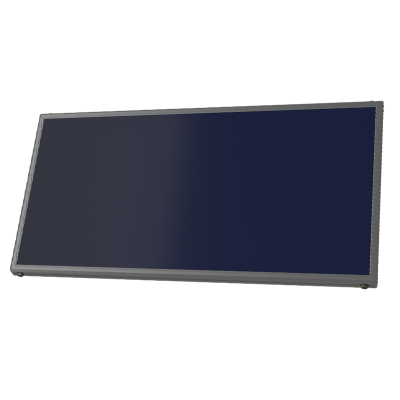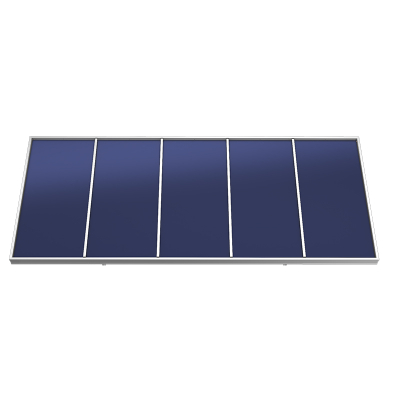CECS Standard Initiation Of Technical Specification For Ground-Source Heat Pump With Buried Pipes Coupled With Solar Energy For Cross-Seasonal Soil Heat Storage System, Compiled By Peking University, SOLETKS Group And Other Entities
The meeting brought together the strength of authoritative industry institutions and leading enterprises. Song Bo, Secretary-General of the Building Environment and Energy Conservation Professional Committee of the China Association for Engineering Construction Standardization, attended and provided guidance. As the lead compiling unit, Peking University took the lead in advancing the specification compilation. SOLETKS Group, serving as the Chairman Unit of the Clean Energy Application Branch of the China Construction Metal Structure Association and a core compiling entity, participated throughout the meeting, jointly pressing the "start button" for the standardization and regularization of this innovative technology.
At the meeting, Professor Zhang Xinrong from Peking University first elaborated on the technical pain points and the necessity of compiling the Specification. He pointed out that ground-source heat pump heating systems have been applied in China for many years and are stable and reliable low-carbon heating technologies. However, the problem of cold-heat imbalance on the ground-source side in northern regions has not been resolved. The ground-source heat pump system with buried pipes coupled with solar energy for cross-seasonal soil heat storage can address issues such as low ground temperature and discontinuous heat sources. "Standardizing and regulating this innovative technology is not only crucial for unifying technical requirements and ensuring project quality, but also provides clear guidance for industry development, promoting large-scale application of low-carbon heating technologies," Professor Zhang Xinrong emphasized, and his views were highly recognized by all participants.
Subsequently, Chen Jiangyun, Vice President of the Clean Energy Application Branch of the China Construction Metal Structure Association, gave a comprehensive introduction to the core details of the Specification compilation. From the dual perspectives of policy background and industry needs, he explained the urgency of compiling the Specification - with the advancement of the "dual carbon" goals, the demand for clean heating in northern regions continues to grow, and a unified technical standard is urgently needed to regulate the design, construction, and operation of the new system. He also detailed the chapter framework of the Specification, covering core contents such as terminology definitions, system design parameters, construction technical requirements, operation and maintenance specifications, and energy efficiency evaluation indicators, and clarified the work allocation and timeline for each compiling unit to ensure the orderly progress of the compilation work. During the discussion session, members of the compilation team conducted in-depth exchanges on key issues such as the content and structure of the compilation based on their experience in respective fields, putting forward many constructive suggestions for the scientificity and practicality of the Specification.
The meeting finally finalized the "roadmap" for the Specification compilation: it was clarified that the chapter setting should balance technical rigor and practical guidance, the task allocation should be implemented in accordance with the principle of "division of labor and clear responsibility", and the timeline should be divided into four stages - research and drafting, soliciting opinions, review and revision, and approval and release, laying a clear path for the subsequent work. This arrangement laid a solid foundation for the smooth progress of the specification compilation, and members of the compilation team will work closely to complete the task and contribute to the healthy development of the industry.
Han Rongtao, President of the Clean Energy Application Branch of the China Construction Metal Structure Association and Chairman of SOLETKS Group, stated in his concluding speech that the compilation of the Specification is in line with the industry's requirements for green and sustainable development and will provide standardized technical support for the industry. "SOLETKS Group will take this Specification compilation as an opportunity to actively carry out the design, construction, and operation of ground-source heat pump systems coupled with solar energy for cross-seasonal soil heat storage, and contribute to the high-quality development of the industry with practical actions," he said.





